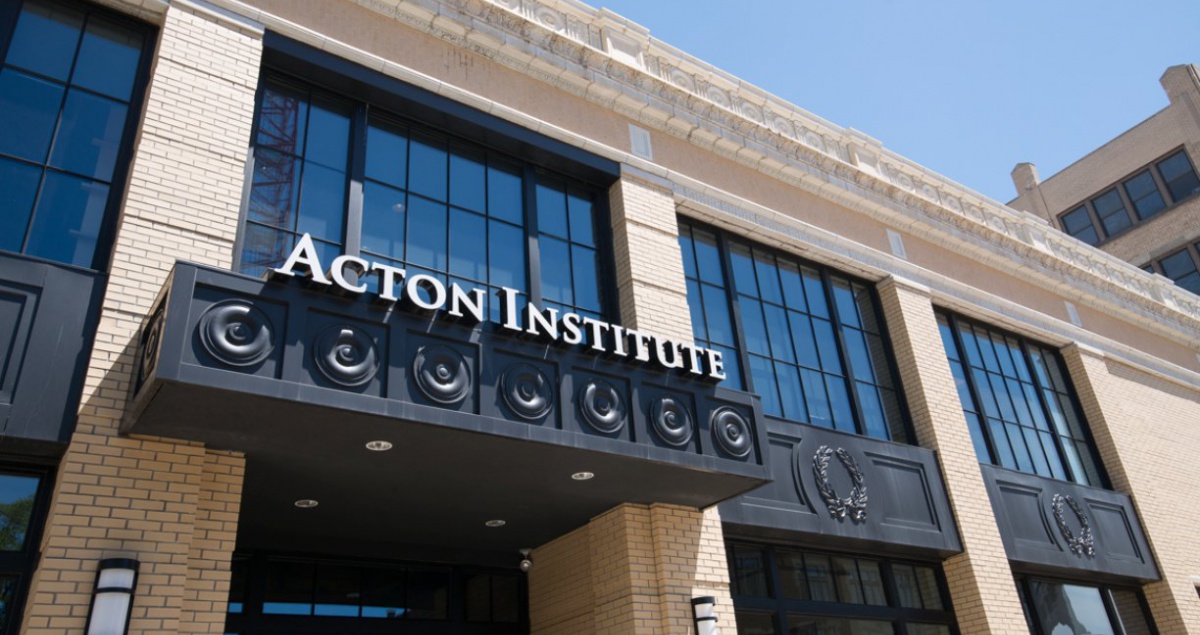Note: This is post #118 in a weekly video series on basic economics.
What happens when you deposit money in a bank? Because of government requirements, the bank must keep some but it allowed to lend out the rest. So if you deposit $10 dollars, they can lend out $9. This practice is known as fractional reserve banking.
These types of deposits can have a huge impact on these supplies. As Alex Tabarrok of Marginal Revolution University says, this is where the money multiplier comes into play. The money multiplier itself is straightforward: it equals 1 divided by the reserve ratio. If reserves are at 10%, the minimum amount required by the Fed, then the money multiplier is 10. So if a bank has $1 million in checkable deposits, it has $10 million to work with for stuff like loans and reserves.
In this video, Tabarrok explains how the Fed controls the money supply and how that has changed since the Great Recession.
(If you find the pace of the videos too slow, I’d recommend watching them at 1.5 to 2 times the speed. You can adjust the speed at which the video plays by clicking on “Settings” (the gear symbol) and changing “Speed” from normal to 1.25, 1.5 or 2.)
Click here to see other videos in the Introduction to Economics series.

